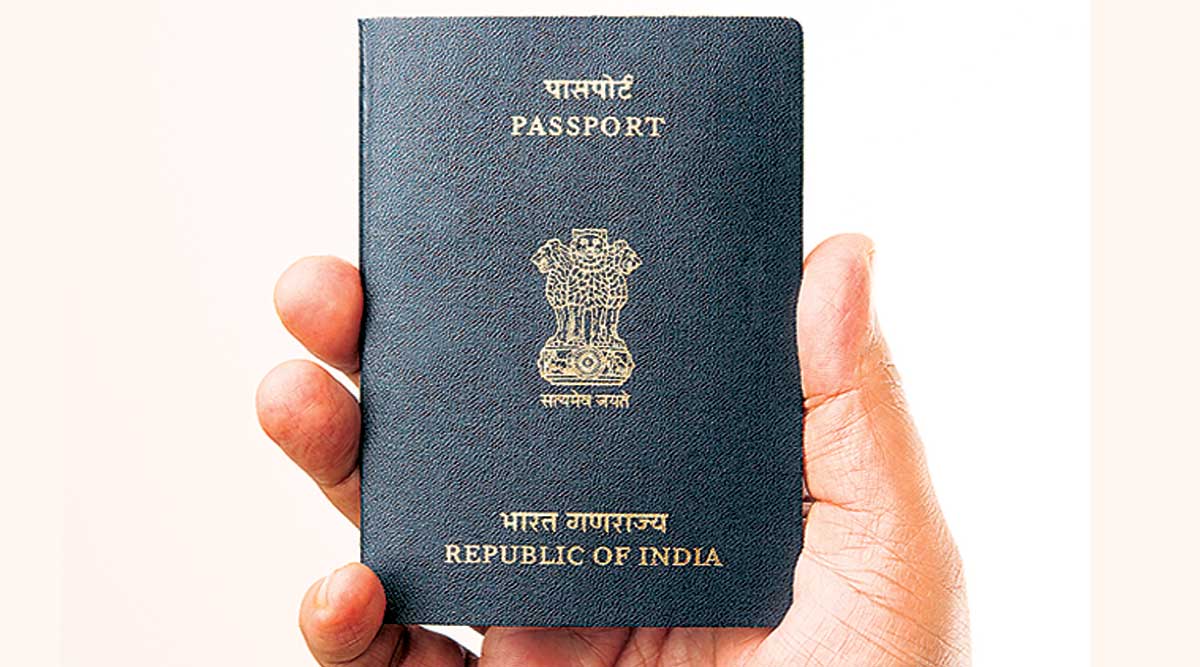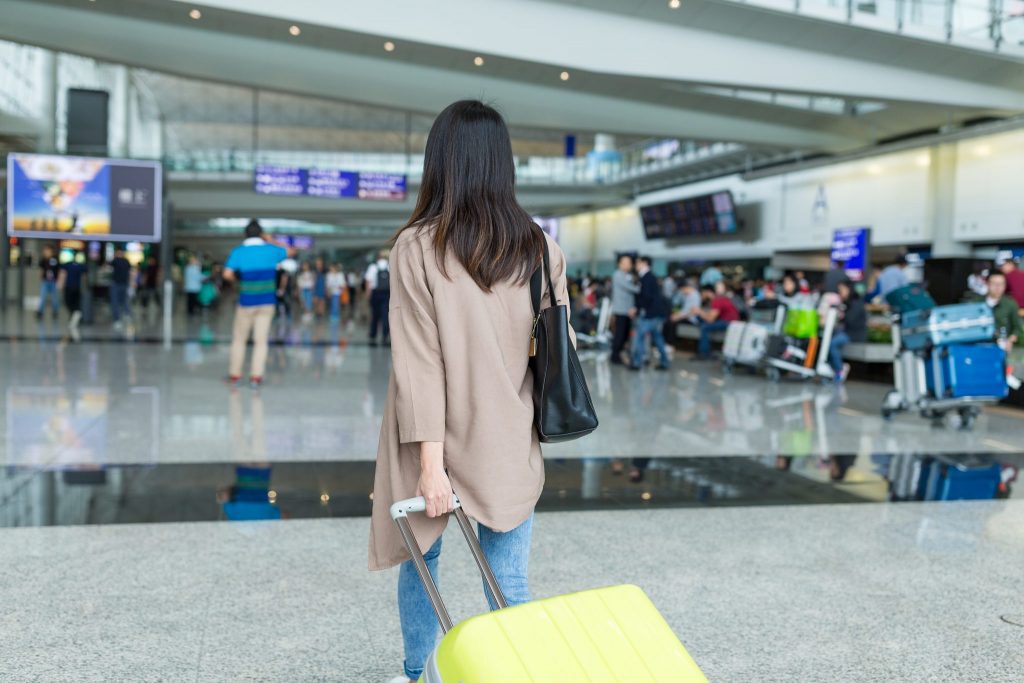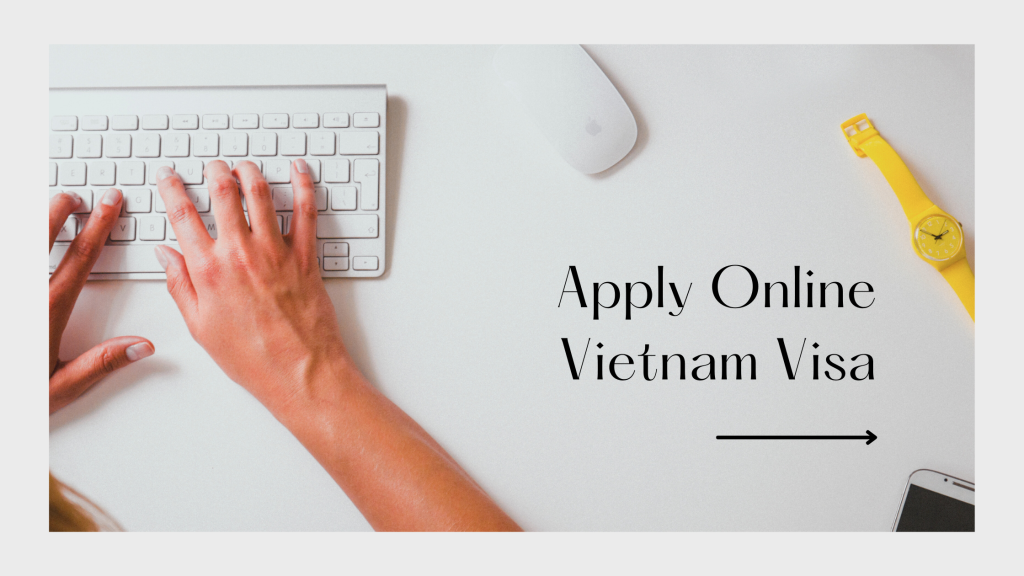
Planning a trip from India to Vietnam sounds exciting—until you hit the visa wall. Long queues, paperwork confusion, embassy visits… it can all feel overwhelming. But don’t worry—whether you’re a first-timer or frequent traveler, this guide has everything you need: updated regulations, pro tips, and an easy path to get your visa approved with minimal hassle. Let’s break down the whole process for Indian travelers heading to Vietnam in 2025.
Indian travelers to Vietnam can choose from several visa types depending on the purpose and duration of their visit. The most common option is the Tourist Visa, typically valid for 30 days and available as either a single or multiple-entry visa. This is ideal for holidaymakers and short-term visitors.
If you’re visiting for work or commercial purposes, you will need a Business Visa, which can be granted for up to 90 days. These are available in both single and multiple-entry formats and may require documentation from a sponsoring company or partner in Vietnam.
For those just passing through the country, a Transit Visa allows brief entry, typically limited to a few days. Meanwhile, individuals looking to work in Vietnam long-term can apply for a Working Visa, which is valid for up to two years and requires approval from Vietnam’s labor and immigration departments.
Other specialized visa types—such as student visas, family reunification visas, or diplomatic visas—are also available but come with their own application requirements and conditions. It’s essential to identify the right visa type before beginning the application process.

To apply for any type of Vietnam visa, Indian citizens must ensure that their documents are in proper order. First and foremost, your passport must be valid for at least 6 months from your intended date of entry into Vietnam, with at least two blank pages for stamping.
You’ll also need a digital passport-sized photo that meets official requirements—typically a white background, face clearly visible, and no headwear unless for religious purposes. Ensure the image is clear and recently taken to avoid rejection.
While not mandatory for all visa types, providing a travel itinerary, flight bookings, and hotel reservations can help support your application and demonstrate the purpose and duration of your stay. These documents may be requested during certain application steps or at immigration checkpoints upon arrival.
For those applying for a business visa, additional documentation is required. This includes a letter of invitation or sponsorship from a Vietnamese company, business registration certificates, and possibly proof of business dealings between the two parties.

There are three primary methods for Indian travelers to apply for a Vietnam visa, and each has its pros and cons. The most convenient and widely used method is applying online.
Option 1: Online E-Visa Application (Recommended)
You can apply for an e-visa directly through VietnamImmigration.com. This user-friendly platform allows Indian citizens to submit their application entirely online. All you need to do is upload your documents, fill in personal and travel details, and wait for approval—typically within 2 to 8 hours if you choose fast-track processing.
Option 2: Visa on Arrival (VoA)
Another popular choice is Visa on Arrival, especially for those flying into major international airports like Hanoi, Ho Chi Minh City, or Da Nang. Again, VietnamImmigration.com can assist by providing the necessary visa approval letter, which you present upon landing to receive your visa stamp. It’s crucial to arrange this in advance, as airlines may not let you board without the pre-approval letter.
Option 3: In-Person at the Vietnam Embassy in India
If you prefer handling paperwork directly, you can submit your visa application at the Vietnamese Embassy or Consulate in New Delhi or Mumbai. This traditional method can take longer and requires more physical paperwork, but may be suitable for long-term visas or those requiring special clearance.
Each method has its advantages: online options are fast and convenient, while embassy submission offers more control over complex cases. Choose what fits your travel plans best.

To ensure a smooth arrival in Vietnam, there are a few key tips every Indian traveler should follow. Firstly, double-check your e-visa details, including your name, passport number, and entry dates. Any mismatch can lead to delays or even denial at the immigration checkpoint.
Make sure you’re entering Vietnam via an approved port of entry for e-visa holders. Not all airports or land borders accept e-visas, so plan your travel route accordingly. Major international airports like Noi Bai (Hanoi), Tan Son Nhat (Ho Chi Minh City), and Da Nang are all safe choices.
It’s also wise to carry a small amount of Vietnamese Dong (VND) or USD in cash for any on-arrival fees or emergency expenses. Completing your Vietnam Arrival Card in advance (often handed out on the plane) can help speed up your entry process.
In rare cases where your visa is delayed or not approved on time, using a trusted visa service like VietnamImmigration.com can help resolve the issue promptly. They offer 24/7 customer support, and in urgent cases, can expedite approval in just a few hours.
Vietnam is calling, and your adventure is just a visa away. Whether you’re traveling for leisure, business, or anything in between, getting your Vietnam visa from India in 2025 is now faster, simpler, and more secure than ever before.
While multiple visa application options exist, online application via trusted services like VietnamImmigration.com offers the perfect balance of speed, ease, and support. With guaranteed approval, minimal paperwork, and professional verification, your visa will be ready before your flight takes off.
So why wait? Apply today and travel worry-free. Vietnam is ready to welcome you.

